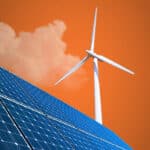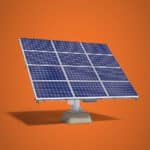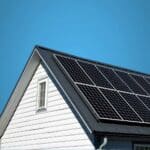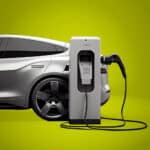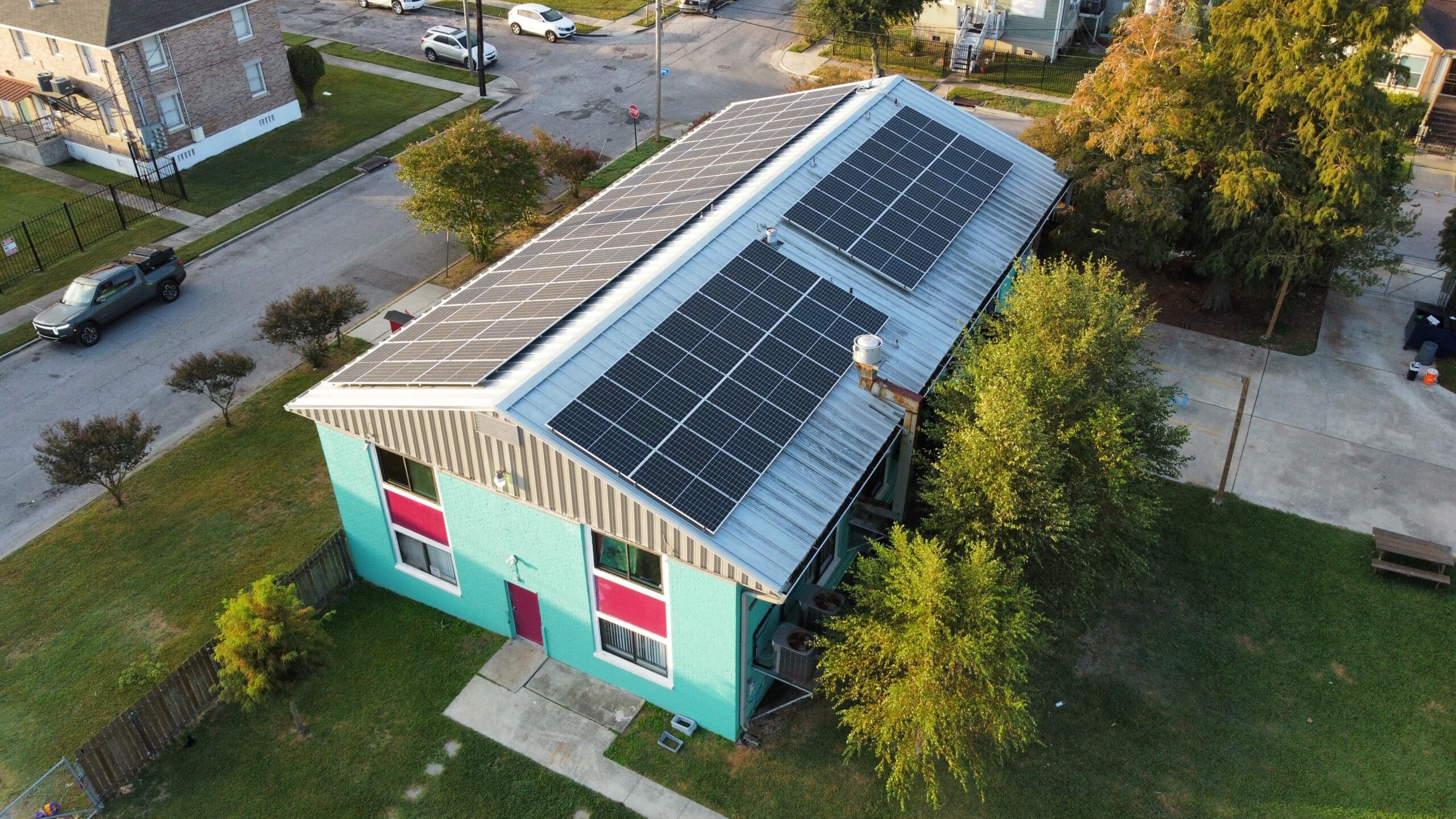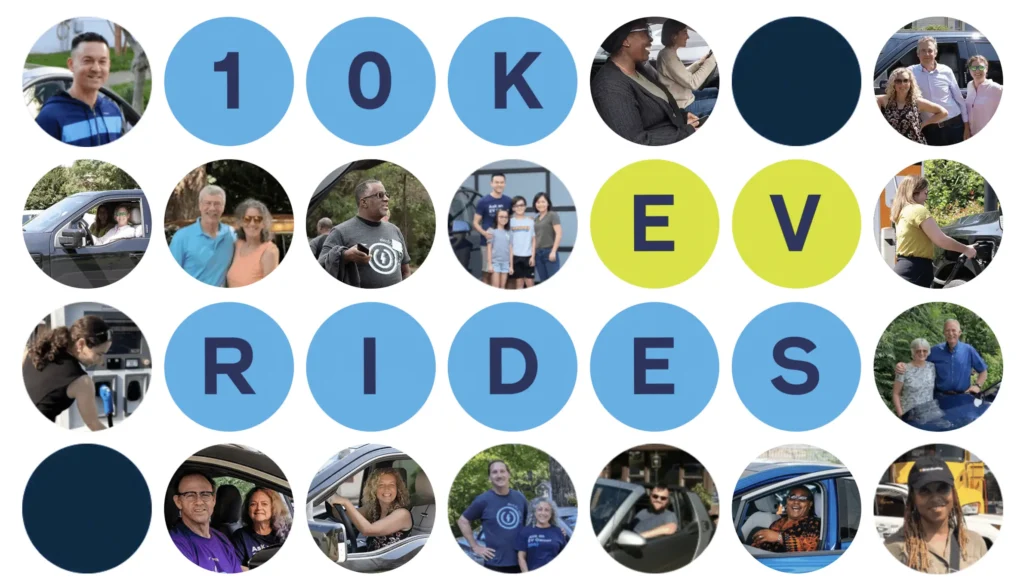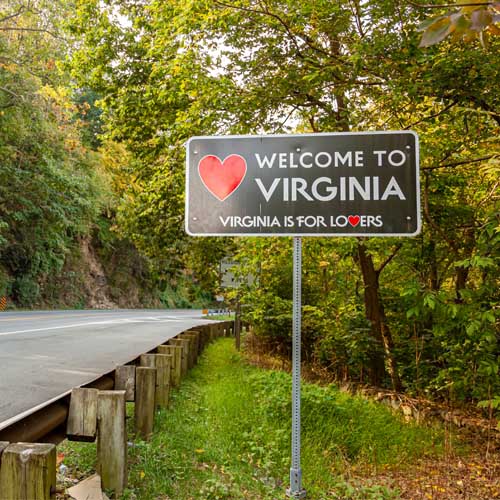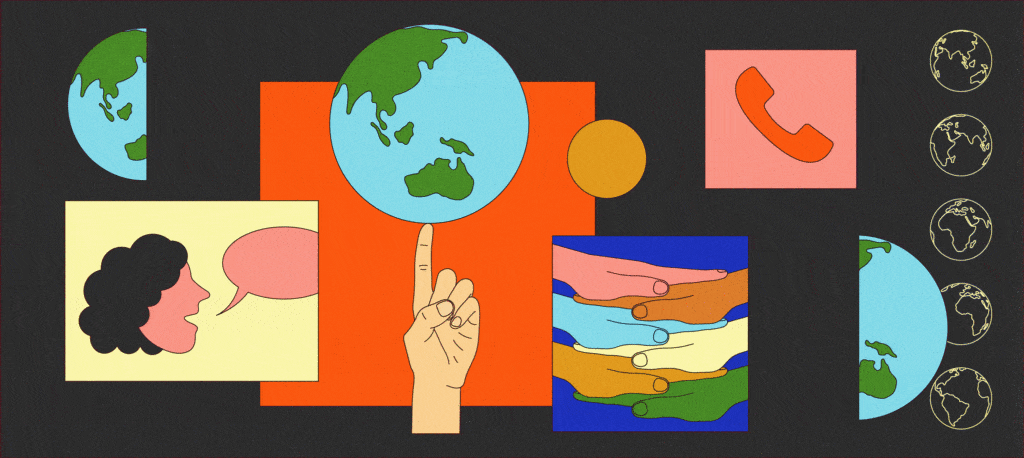In the wake of Hurricane Ida, Louisiana residents were left without power for weeks, exposing the deep vulnerabilities of the state’s energy infrastructure. But instead of waiting for solutions from the top down, a coalition of churches, nonprofits, labor unions, and community organizations took matters into their own hands. Together Louisiana launched a groundbreaking initiative to create the largest nonprofit-driven, community-owned energy resilience network in the world.
Building Resilient Communities with Clean Energy
“We have one of the least reliable electric grids in the country,” says Erik Hancock, who has been with Together Louisiana for four years. “When a disaster like Hurricane Ida happens, it’s weeks without power. People were angry because history was repeating itself. We needed a solution that was reliable, cost-effective, and community-driven.” The result was the Community Lighthouse project, a network of solar-powered, battery-backed resilience hubs designed to keep critical institutions—like churches, nonprofits, and health centers—powered during outages. Over the last two years, Together Louisiana has installed 16 of these sites, with plans for significant statewide expansion.
One of the key successes of the project has been its ability to garner support across political lines. Instead of framing the initiative solely around environmental concerns, Together Louisiana has focused on the economic and reliability benefits of distributed clean energy. “We’re not coming at this from a ‘green energy’ angle—we’re saying, ‘Our energy grid is failing us, and we need a better solution,'” Hancock explains. “Whatever your political affiliation, we can all agree that having power during an outage is essential.” By elevating community voices and organizing public assemblies, Together Louisiana successfully secured funding for the Lighthouses from Mayor LaToya Cantrell’s administration, Congressman Troy Carter’s office, the Department of Energy and major philanthropic organizations like the Greater New Orleans Foundation.
Together Louisiana has focused on the economic and reliability benefits of distributed clean energy. “We’re not coming at this from a ‘green energy’ angle—we’re saying, ‘Our energy grid is failing us, and we need a better solution,'” Hancock explains. “Whatever your political affiliation, we can all agree that having power during an outage is essential.”
The projects have also benefited from elective pay, which enables non-profits to claim federal tax credits for solar projects for the first time, lowering project costs, enabling rapid expansion across the state, and ensuring that the benefits of these assets flow to the communities they serve from day one.
Workforce Development and Economic Opportunity
“We’ve partnered with the International Brotherhood of Electrical Workers (IBEW) and Louisiana Green Corps to make sure all of our projects provide good-paying local jobs and workforce training,” Hancock says. “We’re developing a pipeline of skilled labor that can build out Louisiana’s clean energy future.” By ensuring that installations provide training to union apprentices and young workers from at-risk backgrounds, the Community Lighthouse model is supporting long-term workforce development in the state and a pipeline for future clean energy infrastructure projects.
However, scaling the project has not been without obstacles. Financing remains a challenge, as many financial institutions in Louisiana are unfamiliar with solar lending. Regulatory inconsistencies also complicate the expansion and economic viability of solar microgrids across the state.
Despite these hurdles, Hancock remains optimistic. “Our vision is to build 500 of these lighthouses across the state. We’re working toward an energy system that is democratic, decentralized, and benefits the people who have historically been left behind.” Together Louisiana is also exploring innovative solutions like virtual power plants, which could allow the Community Lighthouses to aggregate their stored energy and sell it back to the grid, creating new community-driven revenue streams to fund further expansion.
A Vision for Louisiana’s Clean Energy Future
“The transition to clean energy is inevitable,” says Hancock. “The question is to what extent its benefits will be broadly shared in places that see frequent natural disasters and power outages. If we don’t build a model that ensures resilient distributed power generation for all, then we’re just reinforcing the same problems with the current model that endangers lives during outages.”
Through grassroots organizing, strategic partnerships, and a relentless commitment to community resilience, Together Louisiana is proving that clean energy is not just about sustainability—it’s about community resilience, economic opportunity and a stronger, more connected future for everyone.

###
